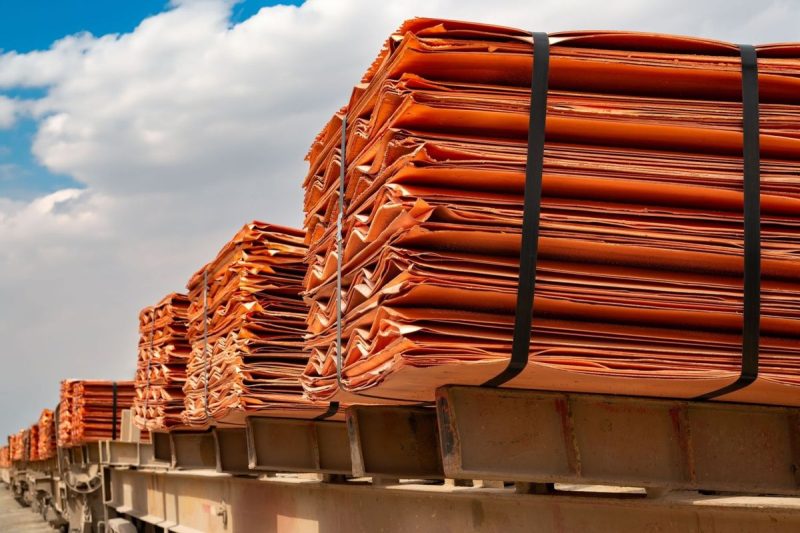
Unlimited Demand Meets Limited Supply: The Copper Conundrum with Robert Friedland
Robert Friedland: No Rational Price for Copper as Essentially Infinite Demand Meets Short Supply
In the world of commodities trading, copper has always held a special place due to its vital role in various industries, ranging from construction to electronics. The recent surge in demand for electric vehicles, renewable energy, and infrastructure projects has put copper in the spotlight like never before. However, according to mining magnate Robert Friedland, the current market dynamics are far from rational when it comes to pricing this essential metal.
Friedland, known for his bold predictions and keen insights into the commodities market, has been vocal about the looming copper supply crunch for years. As the founder of Ivanhoe Mines, a Canadian mining company with significant copper assets, Friedland is well-positioned to understand the complexities of the copper market.
One of the key drivers of the surging demand for copper is the global transition towards cleaner and more sustainable energy sources. Electric vehicles, in particular, require significantly more copper than traditional cars, due to their complex electrical systems and batteries. As countries around the world commit to reducing carbon emissions and phasing out fossil fuels, the demand for copper is expected to skyrocket in the coming years.
At the same time, the supply of copper is facing numerous challenges. Many of the world’s largest copper mines are nearing the end of their productive lives, while new discoveries are becoming increasingly rare. Additionally, geopolitical tensions, labor disputes, and regulatory hurdles can further constrain the supply of this precious metal.
Friedland’s assertion that there is no rational price for copper is rooted in these supply-demand imbalances. With essentially infinite demand on one side and a constrained supply on the other, the price of copper is likely to remain volatile and unpredictable in the foreseeable future. This presents both opportunities and risks for investors and industry players alike.
For investors looking to capitalize on the bullish outlook for copper, Friedland’s advice is to focus on companies with strong fundamentals and quality assets. By investing in well-managed mining companies with promising exploration projects and operational excellence, investors can navigate the choppy waters of the copper market and potentially reap substantial rewards.
In conclusion, Robert Friedland’s assessment of the copper market as lacking a rational price is a stark reminder of the underlying dynamics at play in the commodities sector. As the world transitions to a greener and cleaner future, the demand for copper is set to soar, putting pressure on an already tight supply chain. Investors and industry stakeholders would do well to heed Friedland’s insights and prepare for a future where copper, the red metal, reigns supreme in the global economy.
